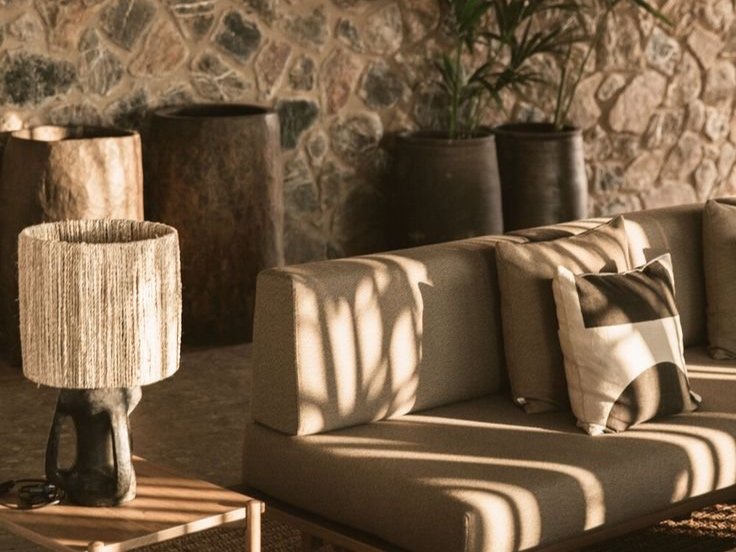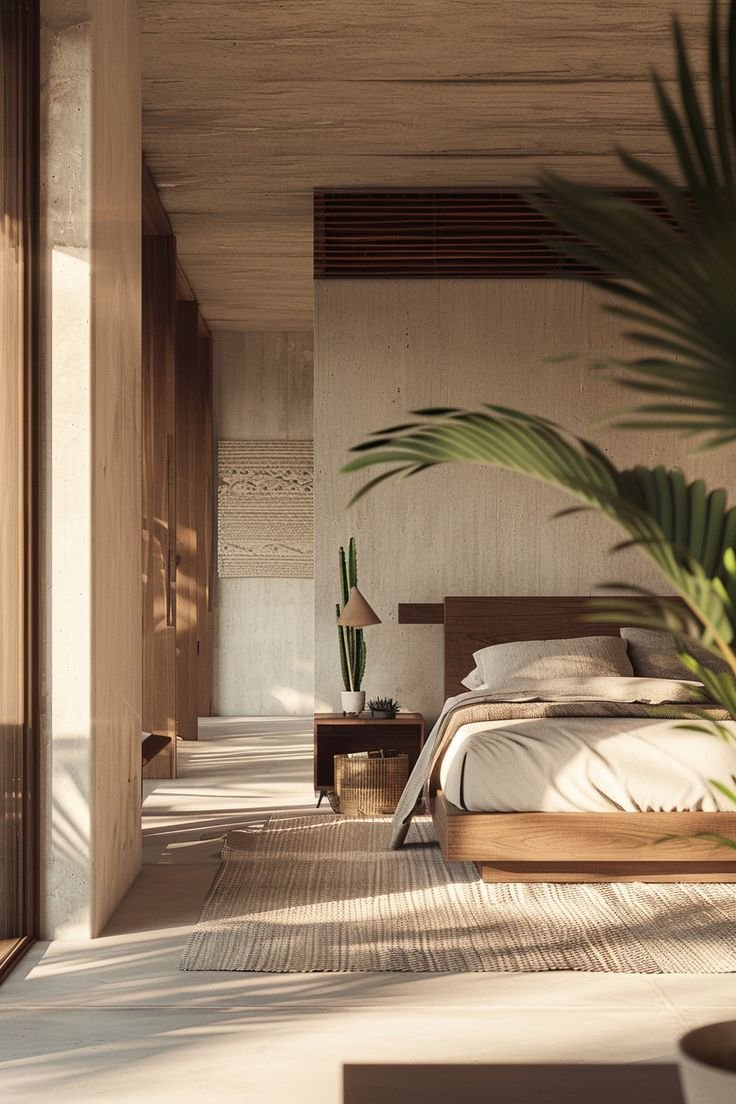
Aesthetic interiors
Interiors are sanctuaries of human experience, meticulously crafted to evoke emotion and foster well-being. The psychology of interior design delves deep into how space influences our thoughts and feelings.
Interiors are sanctuaries of human experience, meticulously crafted to evoke emotion and foster well-being. The psychology of interior design delves deep into how space influences our thoughts and feelings. Each design element—be it the warmth of natural wood, the cool embrace of stone, or the softness of textiles—plays a pivotal role in shaping our perception of comfort and security. Lighting, both natural and artificial, dances across surfaces, creating moods that ebb and flow with the passage of time. Thoughtful furniture layout invites interaction, while aesthetics breathe life into spaces, allowing individuals to express their uniqueness. By prioritizing materials that resonate with the local environment, interiors not only reflect personal identity but also honor the cultural tapestry from which they emerge.
Aesthetic interiors play a crucial role in shaping the atmosphere and emotional response of a space. The impact of aesthetics extends beyond mere visual appeal; it influences mood, behavior, and overall well-being. This overview delves into the psychology behind design choices, the importance of natural materials, the significance of scale, and the role of lighting elements in creating harmonious interiors. Aesthetics in interior design is not just about beauty; it’s about creating environments that resonate with the inhabitants. Thoughtfully designed spaces can foster a sense of calm, productivity, or creativity. Research in environmental psychology highlights how colors, shapes, and spatial arrangements can affect emotions and cognitive functions. For instance, warm colors can evoke feelings of coziness, while cool tones often promote tranquility.
The psychological impact of interior design is profound. People are influenced by their surroundings, and well-designed spaces can enhance mood and productivity. Concepts such as Biophilia, which emphasizes our innate connection to nature, suggest that incorporating natural elements can reduce stress and improve mental health. Additionally, the arrangement of furniture and the flow of a space can affect social interactions and personal comfort, making it essential to consider these aspects when designing interiors. Use of natural materials such as wood, stone, and textiles create a sense of authenticity and warmth in interiors. These materials not only enhance the aesthetic appeal but also contribute to sustainability and well-being. The tactile qualities of natural materials can evoke a comforting atmosphere, while their organic patterns and colors provide visual interest. Furthermore, using materials like bamboo or reclaimed wood reflects a commitment to eco-friendly practices, appealing to environmentally conscious individuals.
Scale is a critical element in interior design that affects both the functionality and aesthetics of a space. It refers to the size and proportion of furniture and decor in relation to the space itself. A well-scaled room can feel inviting and comfortable, while poor scale can lead to feelings of chaos or discomfort. Designers often use a mix of large and small elements to create visual balance and interest, ensuring that each piece contributes to the overall harmony of the space. Ambient and Natural Lighting Lighting is one of the most significant design elements that can transform an interior. Ambient lighting provides overall illumination, while natural light enhances the connection to the outside world. Strategically placed windows, skylights, and reflective surfaces can maximize natural light, creating a bright and airy atmosphere. The use of layers in lighting design—combining ambient, task, and accent lighting—allows for flexibility and mood variation, further enhancing the aesthetic experience.
Aesthetic interiors are an intricate blend of beauty, psychology, and functionality. By understanding the impact of aesthetics, incorporating natural materials, considering scale, and utilizing effective lighting, designers can create spaces that not only look stunning but also promote well-being and positivity. A commitment to these principles can result in interiors that foster a deeper connection between individuals and their environments, ultimately enriching their lives.


